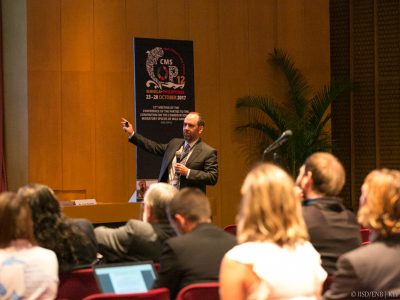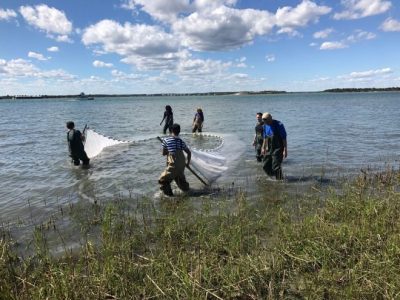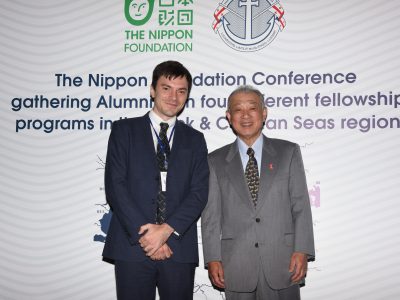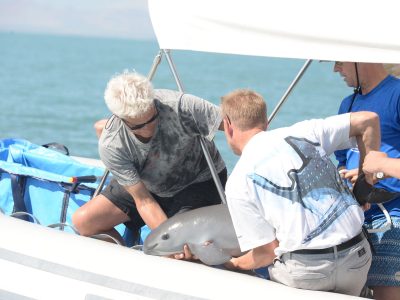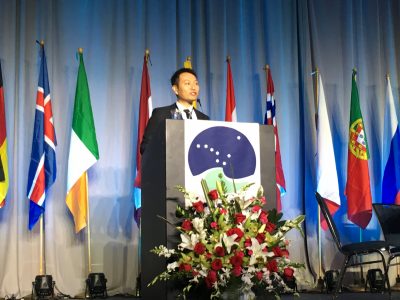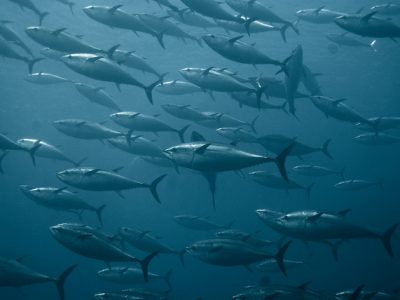Migratory species connectivity across the oceans: COP12 Convention on Migratory Species
Not all fish swim the same way. Some fish will live their whole lives swimming around a tiny home range, while others migrate 5000 km across the Atlantic ocean in just a few months. Even among those that move over large areas, there is a lot of variability.
“Some fish have specific migratory routes, like bluefin tuna — they are most definitely going from point a to point b. They have life stages on either side, breeding in one place and feeding in the other,” says Daniel Dunn, Nereus Program Principal Investigator at Duke University. “Other fish like yellowfin tuna don’t have specific routes — they move and breed across the whole tropical ocean.”



